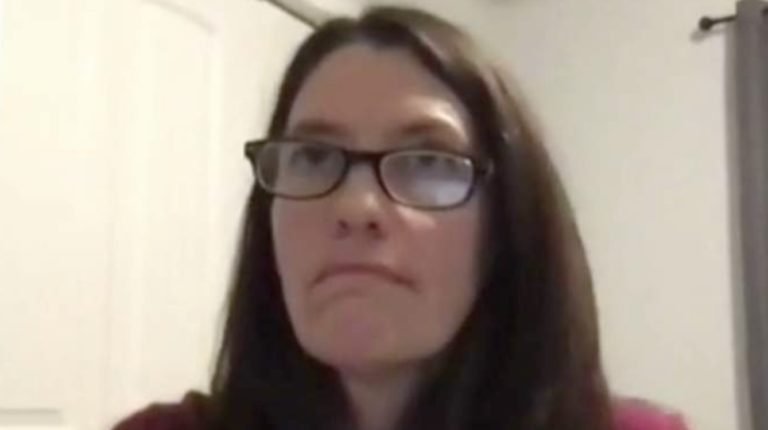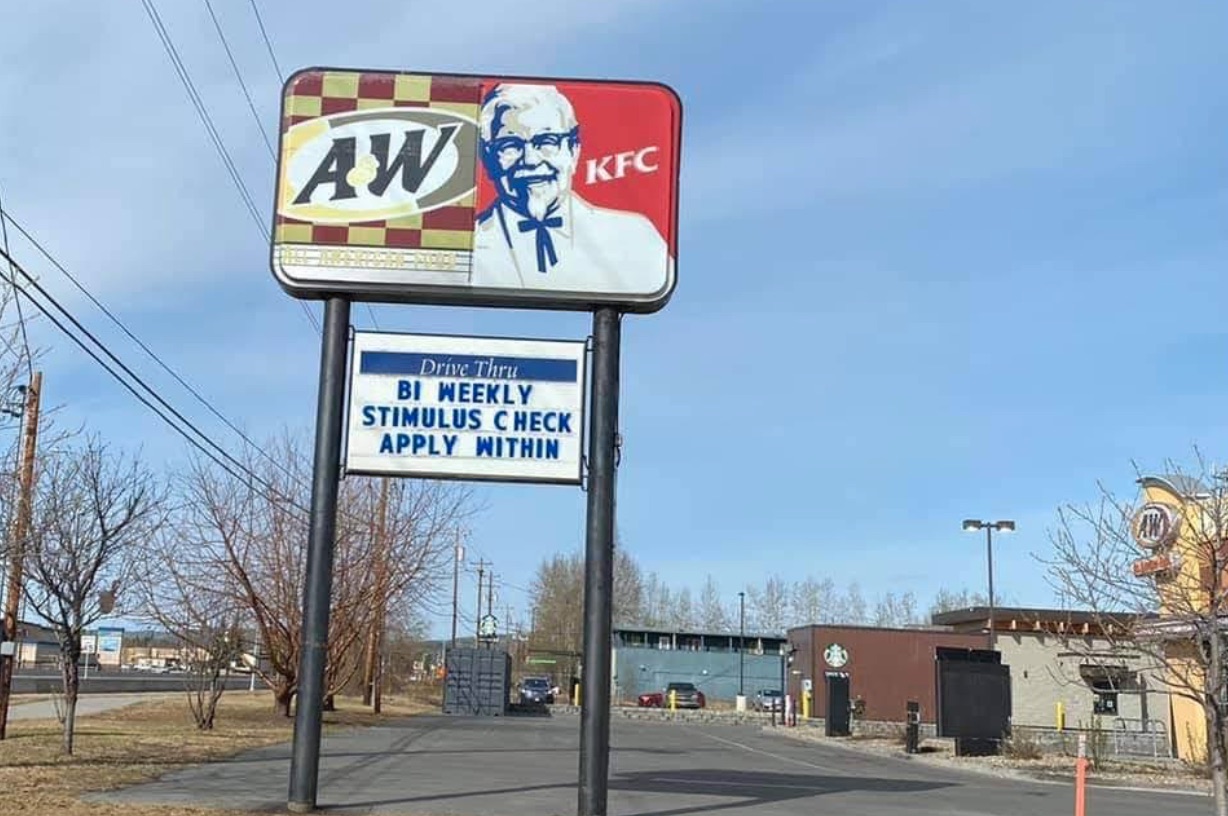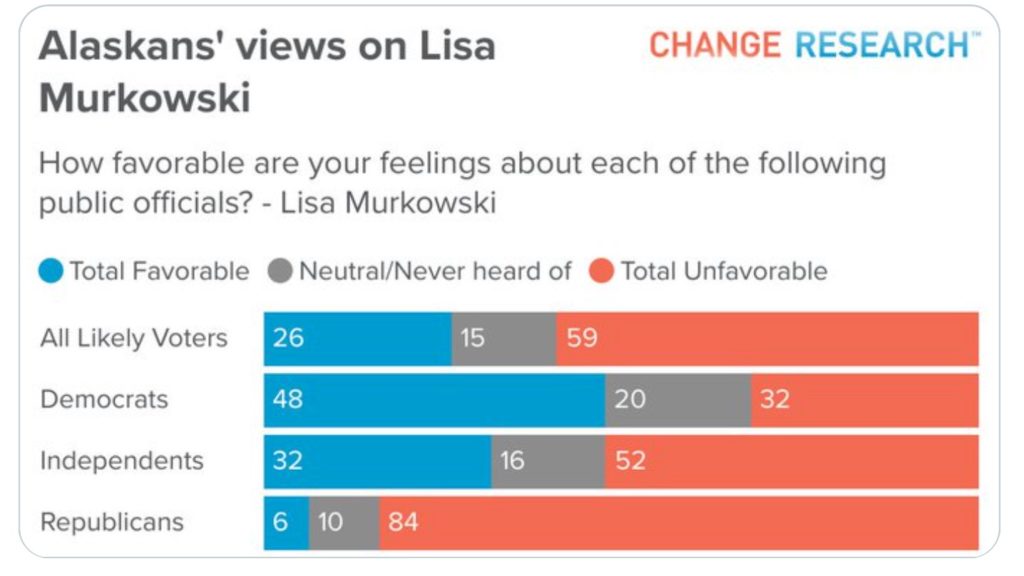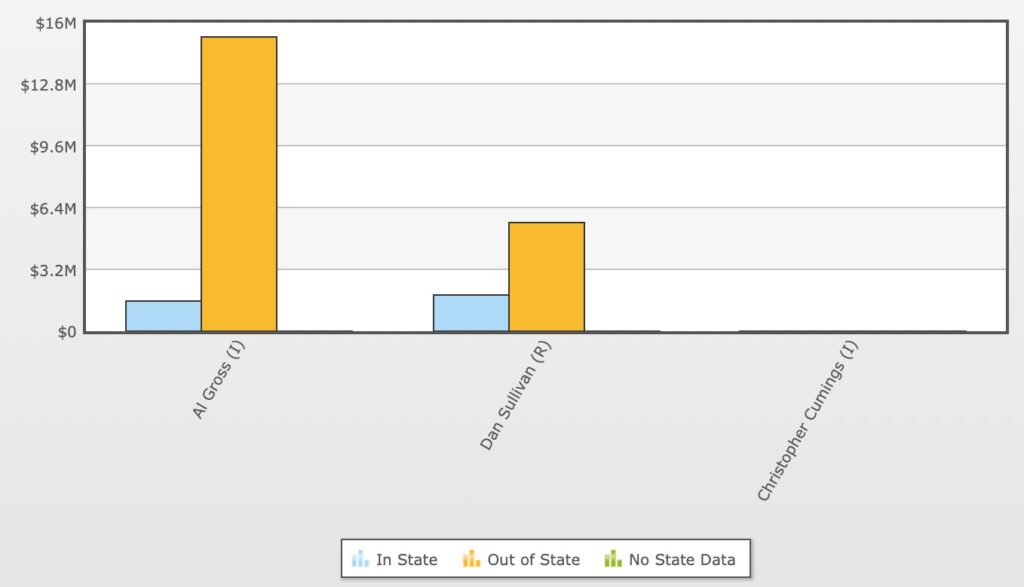By TIM BARTO
Employers want to hire employees but can’t get people to apply for or accept the jobs. This phenomenon is unknown in American history, and it’s one that does not seem to make any sense after 14 months of layoffs, business closings, and general economic hardship.
Can it be that Americans are taking in so much money through unemployment compensation and other government benefits that going to work is, well, more work than it’s worth?
Logic seems to answer that question with an unequivocal “Yes,” but the Biden Administration and others on the president’s side of the aisle argue that stories of people opting for government handouts instead of seeking work are anecdotal; that it’s just a theory without studies or statistics to back it up. The president says people want to work, but there are millions of job openings in the country that are going unfilled.
So let us look at some numbers and also hear some anecdotal stories from Alaskans who have been impacted by the current situation. These personal stories are reflective of what’s going on in the real world. To slough them off because they go against what someone wants to be true is to be in denial. So, let’s listen to the stories and then make up our minds about whether a causal relationship exists.
A view of the national situation through Bureau of Labor Statistics numbers shows that in February 2020, the last month before the coronavirus pandemic struck the United States, there were 6.9 million job openings, and the unemployment rate was 3.6%.
BLS’s most recent report tallied the current number of nationwide job openings at the end of March 2021 at 8.1 million. The United States’ unemployment rate for April 2021 was 6.1%. In Alaska, it was slightly worse at 6.7%, which computes to 23,600 Alaskans out of work. Nationally, there are 9.8 million people who are currently categorized as unemployed, meaning there are 1.7 million more people without jobs than there are jobs available, but . . . that still means there are 8.1 million jobs in the United States waiting to be filled.
The largest number of these available jobs are in hospitality industries such as hotels and restaurants, what BLS refers to as the accommodation and food services fields.
Speaking of food services, a new restaurant, Lime Leaf by Basil Ginger, opened in my hometown of Eagle River earlier this year. Eagle River likes its eating establishments, and new restaurants, especially unique ones, pique our interests. Lime Leaf opened to such rave reviews and was doing such bang-up business from the start that they had to go to reservations only. And then, according to their own social media page, tragedy struck, and their head chef had to leave due to a family emergency. But there’s more to the story. Their post continued, stating “. . . on top of that, we have had trouble getting enough staff.”
Staff for a restaurant means waiters, waitresses, cooks, and dishwashers. Restaurants have been hammered over the past year by Covid-19 fears and, even more so, by government-mandated shutdowns. Waiters, waitresses, cooks, and dishwashers have been out of work. People seeking entry level jobs, like dishwashing, have a chance at getting their foot in the door for a paid job, yet this restaurant had trouble getting enough staff.
My own 26-year-old son was furloughed by the local university earlier this year. Having moved into a new apartment the same week his pink notice arrived, he filed for unemployment compensation to bridge the gap until his flood of resumes struck paydirt. If felt like forever to him, but it wasn’t actually too long before he had a couple job offers from which to choose. They weren’t as lucrative as the job he’d had with the university, but they were paying jobs with benefits.
“Pop,” he told me, “I’m only going to be making $30 more every two weeks than I was getting from unemployment.” I was incredulous, but he was telling the truth, although unknown to him it wasn’t the complete truth.
It turns out my son is actually bringing home less money than he was getting from unemployment, as his gross income has the usual deductions – federal taxes, social security taxes, retirement account contributions, and medical insurance premiums – all adding up to a net income that is $300 less per month than what he was getting on the dole. He is happy to be working and productive, but he admits to seeing how people could be influenced to stay home and play X-Box instead of driving into work for less money.
Oh yeah, driving. He has to spend money on gas, which is less money in his pocket. People collecting unemployment don’t have to spend money to drive to work.
So how much do unemployed Alaskans get in unemployment compensation and other government benefits? According to a 2020 study by the Foundation for Government Accountability, low-wage Alaska workers earn an average of 11 percent more while unemployed than while gainfully employed.
But there’s more. Unemployed Alaskans can receive unemployment compensation ranging between a low of $56 per week to a high of $370 per week. If non-cash welfare programs – such as Medicaid, food stamps, and housing vouchers – are included, a non-working single parent with two children could earn just north of $5,700 per month, or nearly $33 per hour. Each dependent, you see, provides an unemployed parent with an extra $75 per week; so someone with has two children and is collecting unemployment receives $150 per week on top of unemployment compensation they are already receiving.
Back to my son. One of his close acquaintances works for Franz Bakery in Anchorage. A couple weeks ago she mentioned that the company was having difficulty filling entry-level positions so I figured I would talk to her boss. Larry Brandt is the general manager at Franz Bakery, and he reported that his company was gearing up for their annual increase in business. Warm weather, it turns out, causes people to head toward dormant barbecue grills to cook hot dogs and hamburgers at a prodigious rate, so the bakery heats up production of buns when the ice melts.
Roughly a month ago, Franz published openings for entry-level jobs. Response was dismal. After a couple weeks, Brandt made the pay and benefits package more prominent a feature in his help wanted notices: $20 per hour plus medical, dental, and vision coverage.
The response this time was noticeably different. People applied for the positions and the bakery is now at full staffing, a fact that allows Brandt to say his operation has been fortunate. Asked if any of his employees actually quit to take advantage of unemployment benefits, Brandt said he is aware of only one such incident within his company. An employee opted out rather early in the pandemic, making it clear that he could be well compensated without working eight hours a day in a hot bakery.
As a local business leader, Brandt talks with other people who run other businesses with 100 to 200 employees on payroll. Many of those other business managers, he confides, are not so fortunate, especially those who manage large stores owned by big corporations. They are understaffed and struggling to find workers to fill vacancies. Some of them have turned to offering signing bonuses for cashiers and stockers.
So, what does it take for some of those other unemployed people to join the workforce? Let’s turn to an employment recruiter.
Billy Hughes is an Alaskan who recruits employees for a large real estate firm, is a licensed realtor himself, and has his own staffing and consulting company. Suffice to say, Hughes is not afraid to work; in fact, he likes it so much he helps find jobs for other people, including real estate agents, property managers, landscapers, marketers, and general laborers.
He has interviewed 150 people since the start of this year, and only 24 of those interviews resulted in people accepting and actually starting new jobs. Keep in mind, please, that these are people who were pre-screened to meet certain job requirements, and for whom behavioral assessments were conducted. In other words, these are people who applied for jobs, were qualified for jobs, and were offered jobs. Yet, just under one-sixth of them ended up accepting job offers. Fully 126 of them either did not return calls, did not follow up after an offer was made, accepted a job and then failed to show for work, or simply turned down the position.
Asked if any of those applicants who turned down the positions actually expressed that their reason for doing so was because they were making enough from unemployment wages, Hughes said approximately five of them fell into that category. Most others simply did not return calls or give reasons for not accepting the offers, so their motives are left to speculation.
Hughes works with employers who need unskilled laborers to dig post holes, deliver flyers, and hang signs. One of these employers was paying $12 to $13 per hour for such work last year but is now having to offer $20 to $30 because he cannot get enough applicants to work for the previous wages.
Hughes, a 10-year veteran and Army Airborne Ranger who admits to holding a conservative philosophy, said that people just have to “do the math” to realize the issue at hand. Jobs are available, especially at the entry-level, but people are just not taking them.
Yet somehow these people have money, and that money is coming from somewhere. That somewhere is unemployment compensation and other government benefits. On the other hand, people who want to work are able to make good wages and put in plenty of hours. (See previous paragraph regarding $20 to $30 an hour to dig post holes.)
But it’s not just post-hole digging and sign-hanging jobs that are not getting filled. Medical practitioners are also having difficulties finding people to fill vacancies. Wade Erickson, M.D., is the founder of Capstone Clinic, a prominent medical business headquartered in Wasilla, and one that has been at the forefront of COVID-19 testing. Capstone is a successful business with clinics or employees located throughout much of the state, including Anchorage, Eagle River, Fairbanks, Juneau, and Ketchikan. The company is currently running radio spots all over Alaska, advertising jobs for swabbers and screeners who stand to make $15 to $20 per hour. This is the first time Dr. Erickson has resorted to radio advertising to fill vacancies. The reason? Not enough applicants. Much like Franz Bakery, Capstone’s openings are usually filled with ease, often by word of mouth by employees or others within their respective industries. But Capstone needs people right away and they’re not getting them.
Capstone has been hiring consistently for the past year due to its COVID-19 testing work, and it has been a struggle for most of that year. Dr. Erickson is of the opinion that it’s the increased unemployment benefits that are keeping applicants at bay. His company pays well and goes to great lengths to keep its employees safe. Some of the positions involve data entry – sitting at a computer and not interacting with the public, and even those positions are not attracting applicants.
Another Southcentral-based health business, this one a successful dental practice, is having difficulties hiring dental assistants, positions that require minimal experience but pay twenty-plus dollars per hour. They are also struggling to hire dental hygienists, occupations that pay well over $50 per hour. The dental proprietors said they are not the only such business with this problem. They communicate regularly with their tooth-fixing colleagues, and all of them express the same concern: they can’t get enough people to fill their job openings.
Are all these anecdotes proof that high unemployment insurance payments are causing people to stay home instead of looking for work? Perhaps not, but one has to be in grave stage of denial to think they don’t mean anything. Plenty of pre-COVID studies show that collecting unemployment insurance reduces the intensity put forward in looking for a job.
The Foundation for Government Accountability cites the following studies: Eardley (2019), Canon and Liu (2014), Moffit (2014), Filges et al (2013), Farber and Valetta (2013), Schmeider et al (2012), Krueger and Mueller (2008), and Lalive et al (2004). This volume of research pretty solidly substantiates the idea that people are content to collect government subsidies than put themselves out there to find work.
So, is this the type of information needed to convince folks that enough is enough when it comes to compensating people for not working? Twenty-three states think it is.
Last month, Governor Dunleavy joined the several other governors who were putting an end to the $300 weekly bonus provided by the federal government. That federal bonus added $300 onto what individual Alaskans were already receiving in unemployment compensation. If an Alaskan was getting the top tier weekly compensation of $370, the federal government bonus made it $670 per week.
If we do the math, as Billy Hughes suggested, we find that $670 per week comes to just under $17 per hour, which is higher than the $15 minimum wage being touted by so many as necessary for a living wage.
Perhaps this proliferation of unemployment compensation has replaced the need for a minimum wage, or perhaps this is one of those opportunities to not let a good crisis go to waste. It all seems eerily like a guaranteed basic income; government subsidies replacing the traditional work ethic.
A couple states are fighting against this largess of government subsidies, going so far as to actually reward people for going back to work.
The state of Montana is offering $1,200 to unemployment recipients who accept a job and stay on that job for four weeks.
Arizona is offering $2,000 for individuals who start a full-time job, and $1,000 to those accepting part-time work. The Grand Canyon State is also instituting community college scholarships for unemployed workers, and even three months of childcare assistance for parents returning to the workforce.
So now we’ve reached the point where state governments are paying people to go back to work. It’s not exactly fiscal conservatism but it’s better than paying them not to work.
Tim Barto is employed full-time as vice president with the Alaska Policy Forum.












